Description
Prostrating on the Earth is a groundbreaking exploration of one of the most essential yet debated acts of Islamic worship—prostration (sujūd). Rooted in a deeply reverent understanding of prayer, this book examines the jurisprudential differences among Islamic schools of thought regarding what surfaces are valid for prostration, with a specific focus on the Twelver Imamiyyah perspective.
While all Muslims agree on the obligation of prostrating twice in each unit (rak‘ah) of prayer, differences abound concerning the precise requirements—such as the permissible surfaces for the forehead, the role of garments like turbans, and whether partial contact with the earth suffices. Drawing from authoritative sources like The Jurisprudence According to the Four Schools and Bidayat al-Mujtahid, the book presents a panoramic view of Sunni legal opinions, highlighting the nuanced interpretations regarding materials like soil, cloth, stone, and even the back of another person during crowded prayers.
In contrast, the Twelver Imamiyyah tradition—rooted in the teachings of the Ahlul Bayt (peace be upon them)—maintains that prostration must be done directly on natural elements such as soil, sand, or pebbles, or on non-edible, non-wearable vegetation. This stance is grounded in prophetic tradition and supported by authentic narrations from the Prophet Muhammad (peace be upon him and his family) and his Companions.
For students of Islamic law, theology, and spirituality, Prostrating on the Earth offers a deeply informed and spiritually rich investigation into the meaning of sacred submission. It not only clarifies legal debates but also reconnects the act of sujūd with its original purity and symbolism—humbling oneself on the earth before the Creator.


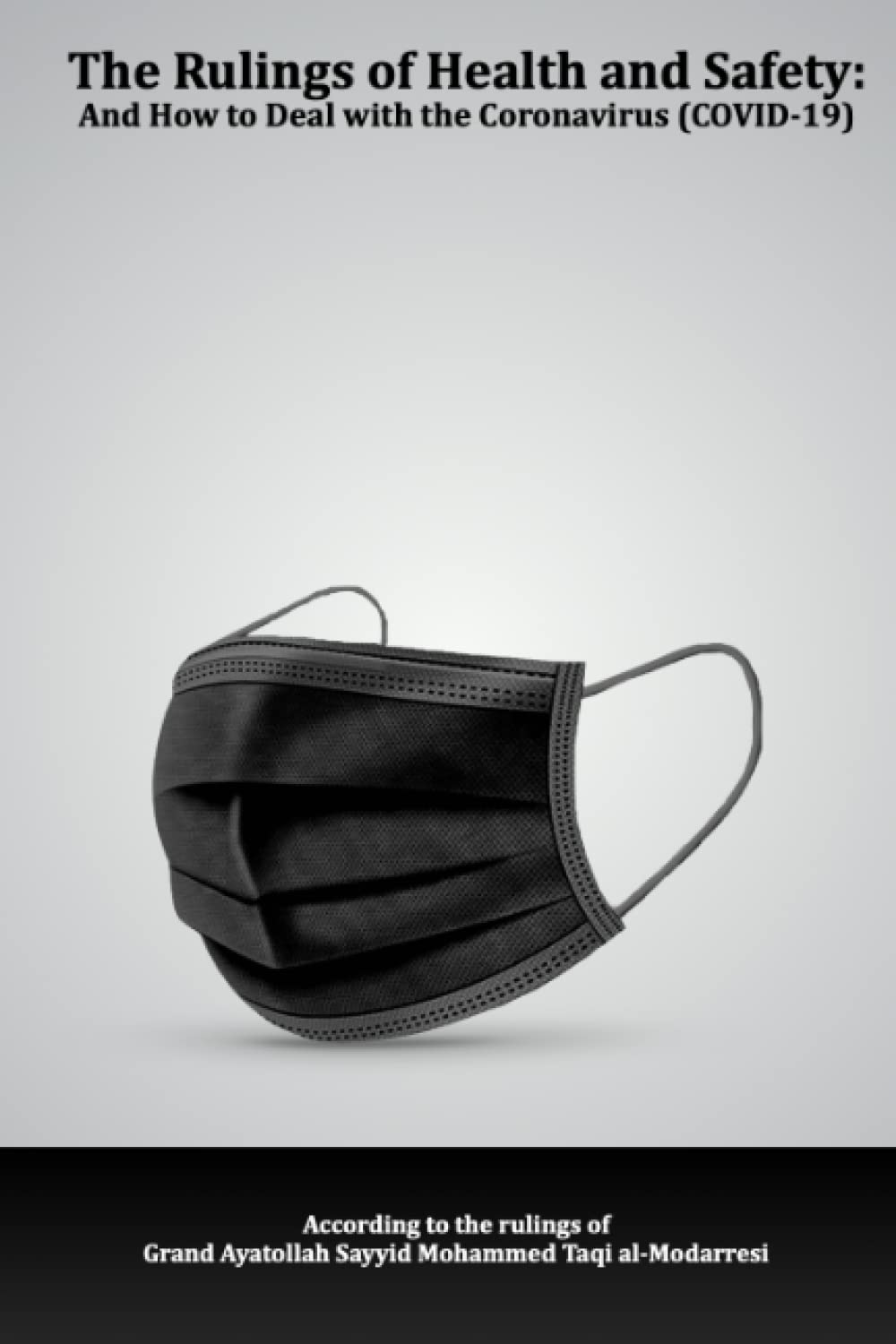
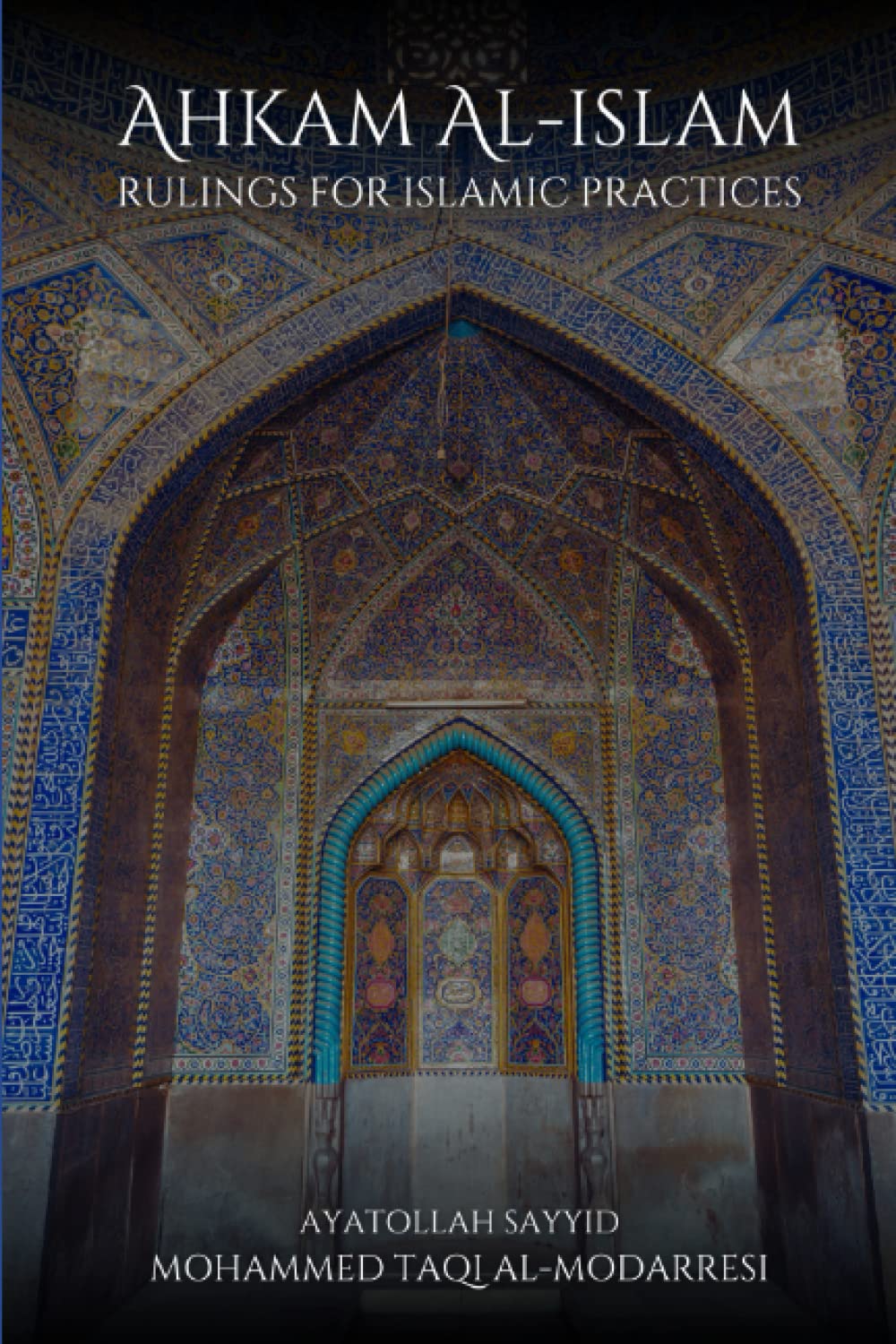
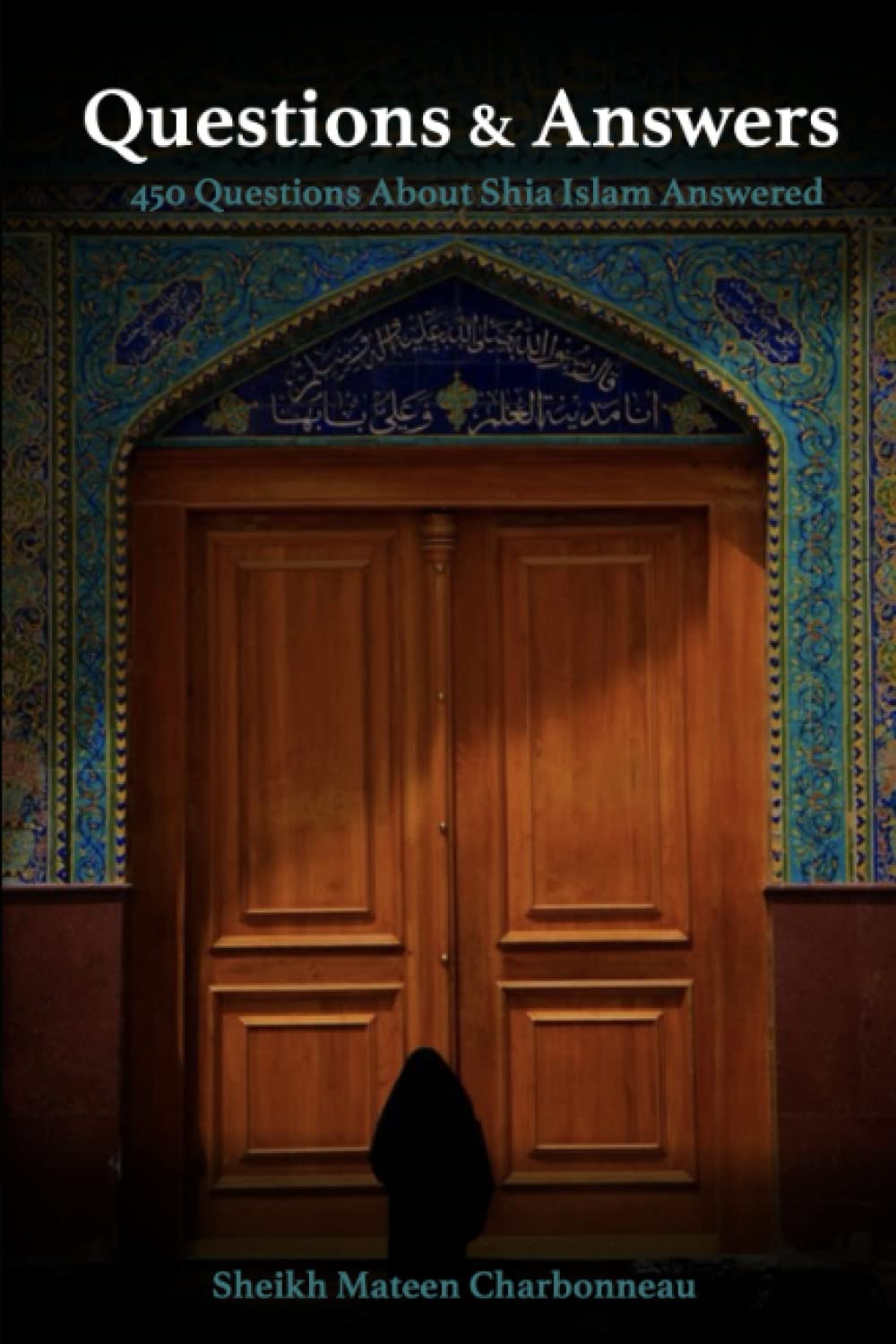
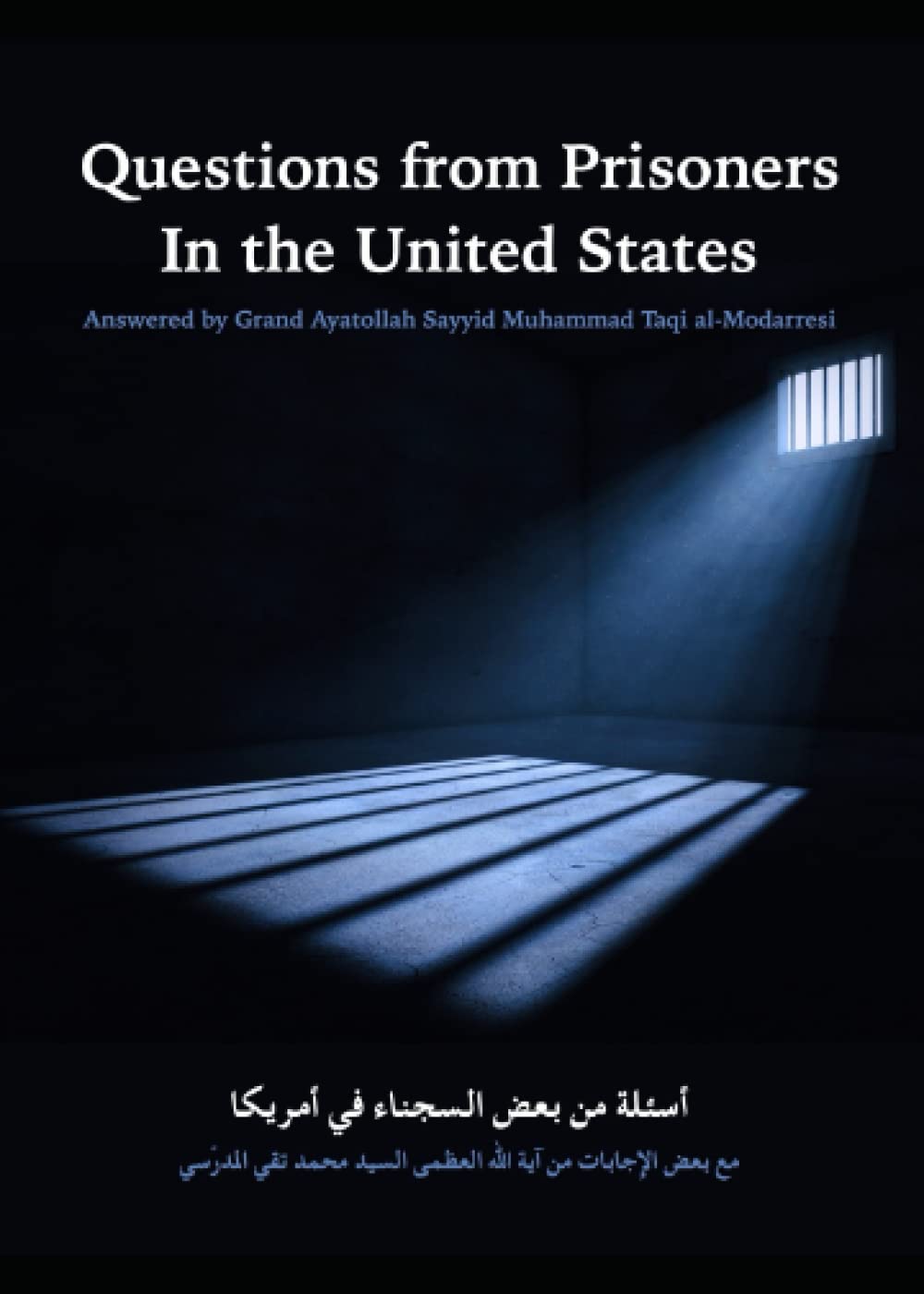
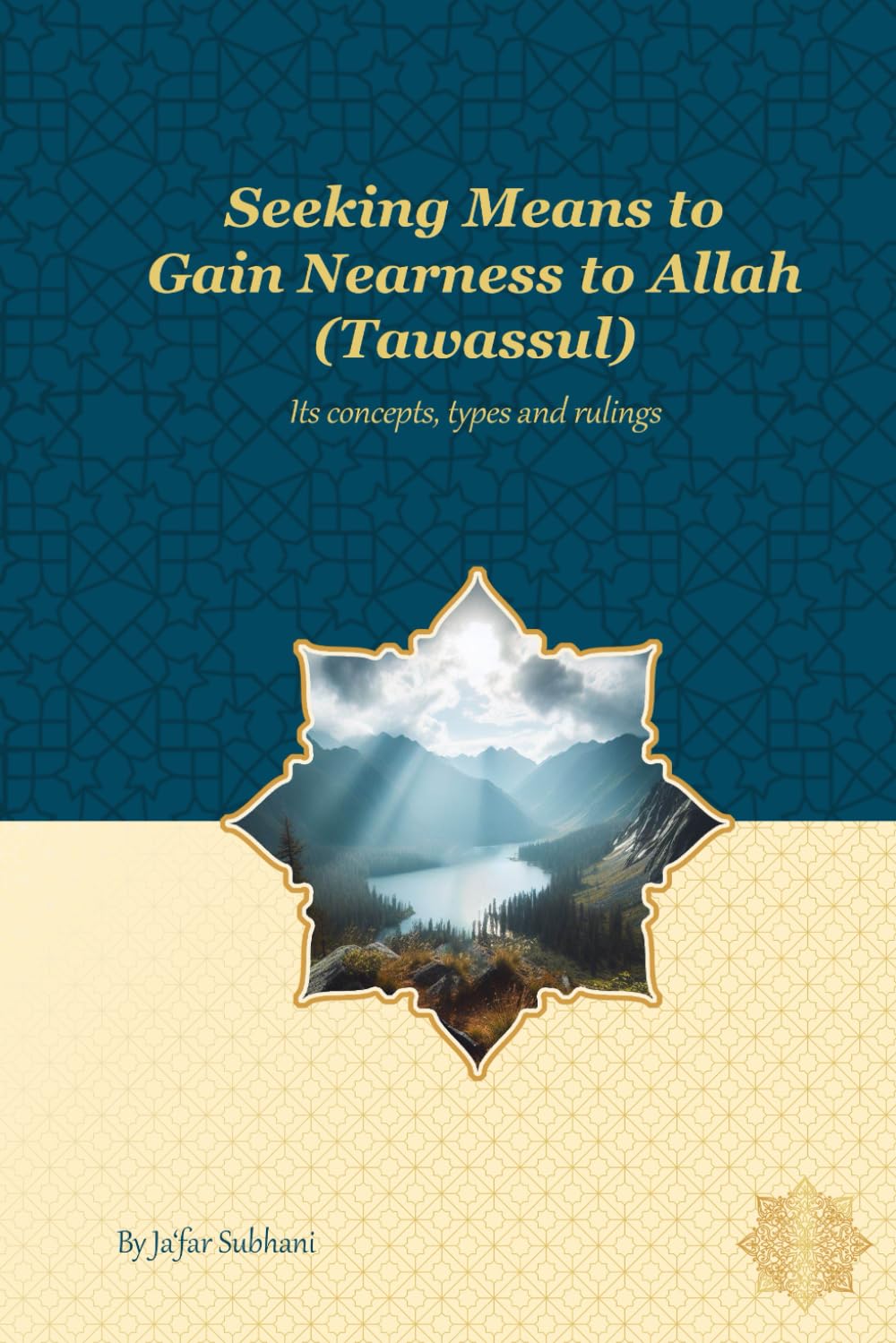

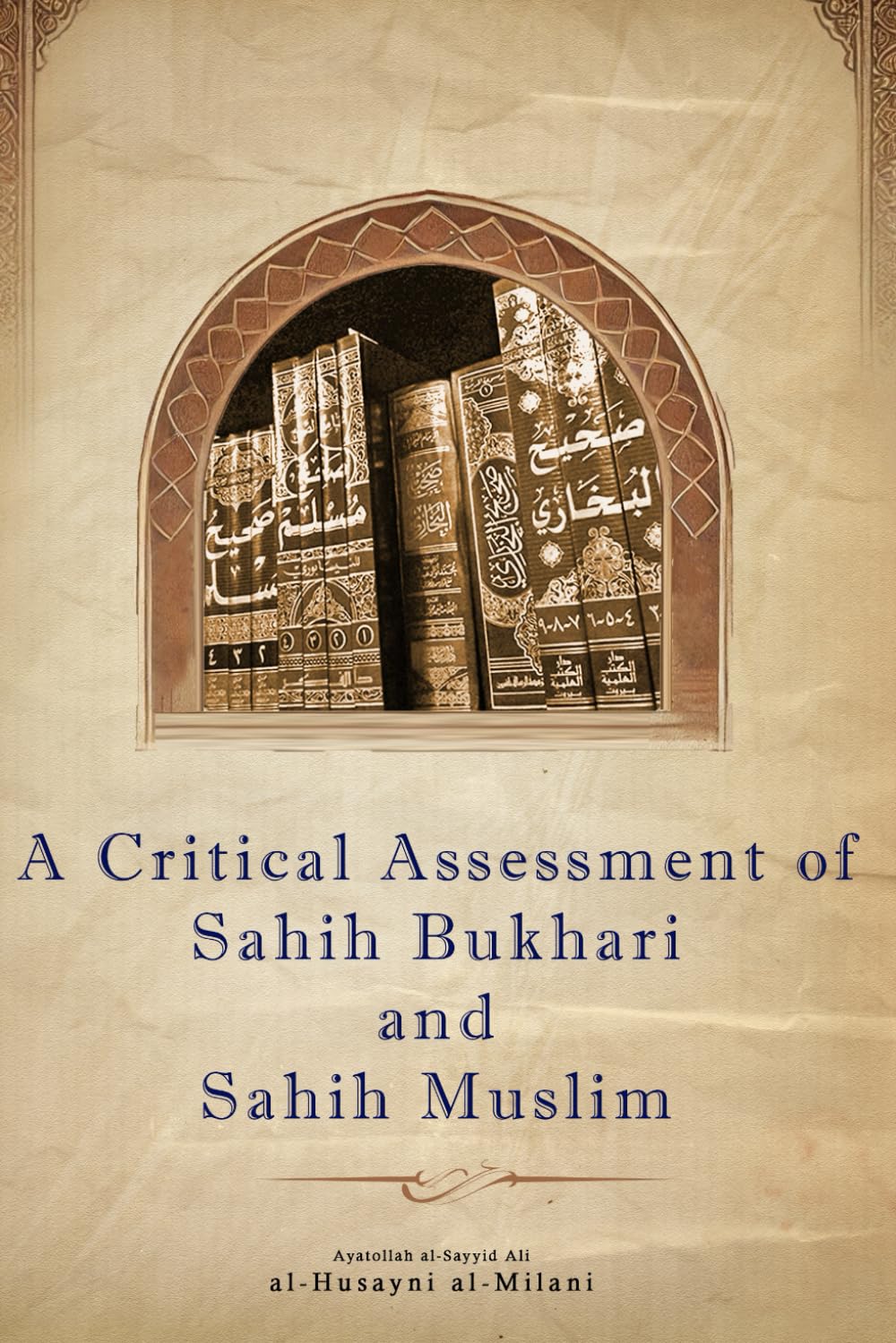
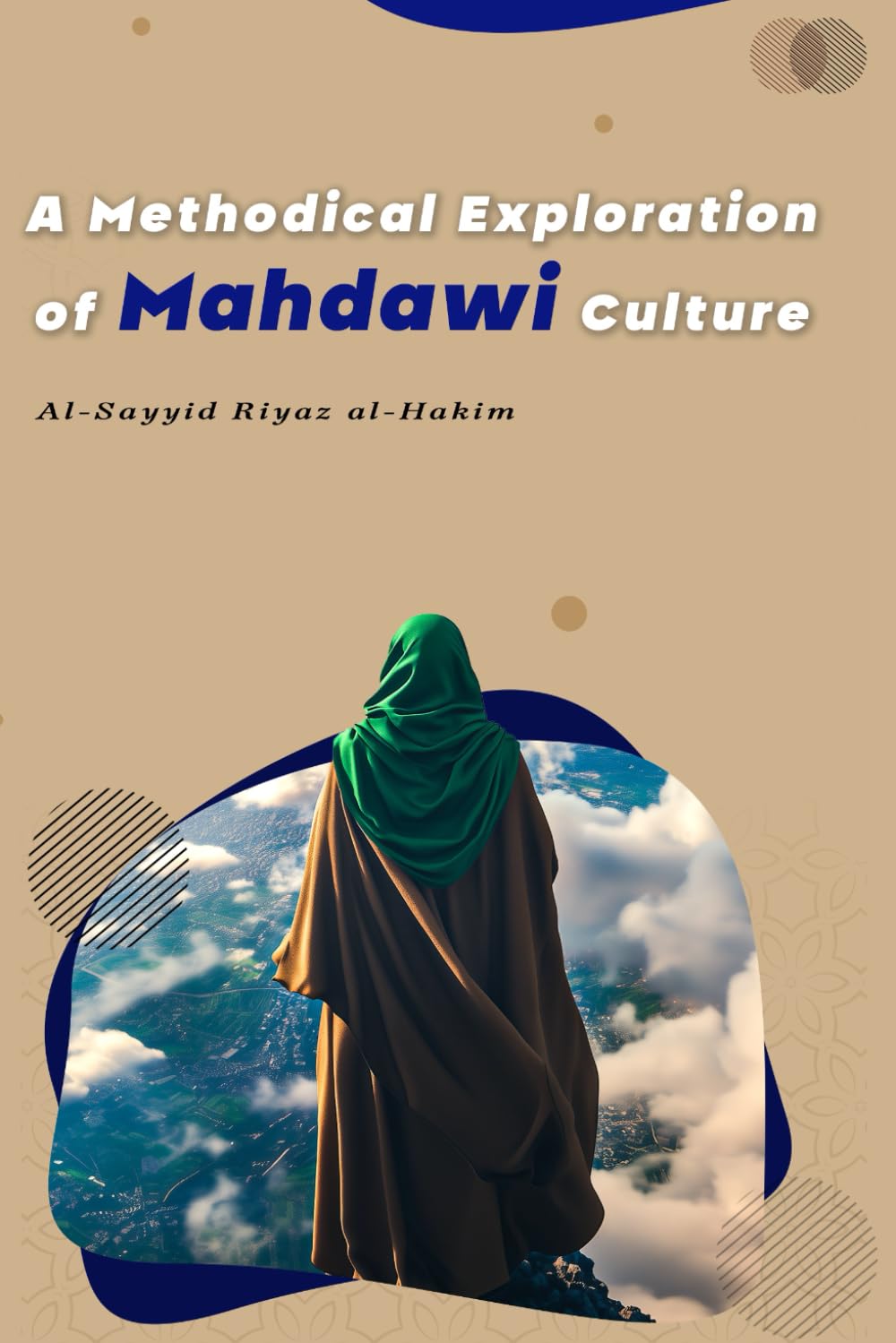
Your review is awaiting approval
https://t.me/rating_online/2
Your review is awaiting approval
https://t.me/s/Official_1xbet_1xbet
Your review is awaiting approval
https://t.me/s/Online_1_xbet/2986
Your review is awaiting approval
https://t.me/s/Online_1_xbet/490
Your review is awaiting approval
gh5vu0
Your review is awaiting approval
5te2wf
Your review is awaiting approval
l9juq6
Your review is awaiting approval
аренда яхты карибы https://european-yachts.com/rent-yacht-caribbean
Your review is awaiting approval
canadian virtual phone number
Your review is awaiting approval
6bmnx0
Your review is awaiting approval
https://qiita.com/findycarfr
Your review is awaiting approval
1whit5
Your review is awaiting approval
ywio5h
Your review is awaiting approval
jxz1fz
Your review is awaiting approval
oj944x
Your review is awaiting approval
oh97b6
Your review is awaiting approval
It absolutely not agree with the previous phrase
Your review is awaiting approval
5bbuht
Your review is awaiting approval
p1ylct
Your review is awaiting approval
e4srb0
Your review is awaiting approval
3k7l4v
Your review is awaiting approval
gwm5q1
Your review is awaiting approval
w8xcbo
Your review is awaiting approval
виртуальный номер для приема смс
Your review is awaiting approval
8k6wz7
Your review is awaiting approval
https://auctionwheels.info/cars/jeep/models/wrangler/pagination/start
Your review is awaiting approval
medmh6
Your review is awaiting approval
yacht hire mediterranean
Your review is awaiting approval
0ur0re
Your review is awaiting approval
https://ufo.hosting/promo/darim-skidku-25-na-vydelennye-servery
Your review is awaiting approval
https://ping.space/
Your review is awaiting approval
https://the.hosting/
Your review is awaiting approval
dbdkll
Your review is awaiting approval
It is excellent idea. It is ready to support you.
Your review is awaiting approval
4bde8z
Your review is awaiting approval
Hello, i think that i saaw yoou visited mmy website so i came too “return thee favor”.I’m trying tto fid thinbgs too enhuance
myy web site!I suppose its ok to use a feew of youjr ideas!!
Havve a look att my blogg :: cableavporn.com
Your review is awaiting approval
tday4f